Status of rural education: Public school enrolment has improved: report
Private school children continue to outperform peers in govt schools
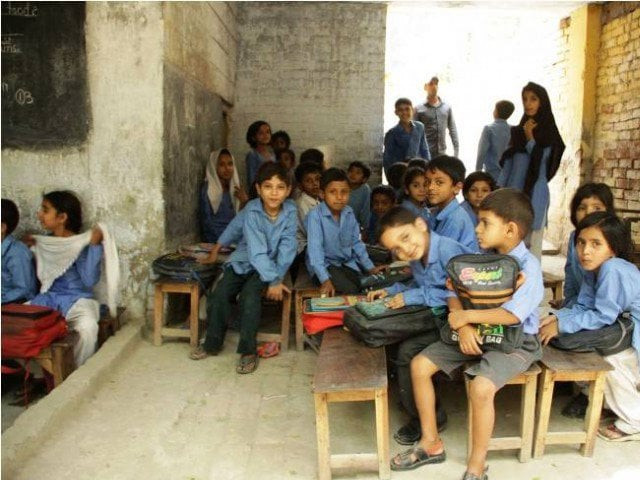
PHOTO: FILE
A report on the status of education in rural areas of the Punjab highlights a growing trend of students moving from private schools to public schools. The Annual Status of Education Report 2015 compiled was launched at a ceremony on Thursday.
According to the report, in 2015, 15 per cent children were reported to be out-of-school and that 8 per cent had never been enrolled. The report noted that seven per cent dropped out.
The report, with data collected from 36 districts, showed that 65 per cent children between the age of six and 16 had been enrolled in public schools in 2015. Last year the enrolment rate was 63 per cent. Meanwhile, enrolment at private schools declined by three per cent.
Speaking at the launch ceremony, Human Rights Commission of Pakistan secretary general IA Rehman said dialogue between the civil society and the government should focus on education. He said that apart from the number of schools and facilities, quality of education should be reviewed.
MPA Qamarul Islam Raja said reliable data was needed for clarity on problems in the education sector. He said that the provincial government and its private sector partners had made some progress.
The survey collected data on enrolment, retention, teacher qualification, teacher and student attendance and tests of English, Urdu and arithmetic.
The survey was conducted by 2,200 volunteers and is based on information collected from 59,179 children. The volunteers visited 21,512 households in 1,079 villages. The rural survey was conducted in 36 rural districts and seven urban administrative areas.
As many as 50,686 children were tested in English, Urdu and arithmetic.
According to the report, student competencies in learning English, arithmetic, and Urdu had improved overall.
The report showed that 30 per cent children in grade five could not read grade two-level text in Urdu.
In English, 60 per cent of the surveyed children in grade five could read sentences, which should ideally be read by students from the second grade. A similar trend was noted in arithmetic tests, where 59 per cent could do a two-digit division, something that was expected in second grade curriculum.
The survey indicated children enrolled in private schools were performing better compared to those studying in government schools. A total of 76 per cent children in private schools were able to read a story in Urdu compared to 67 per cent students studying at public schools.
There was greater disparity in English, where 67 per cent private school students could read English compared to 57 per cent public sector students. The survey also noted that children going to private schools were also spending money and time on tuitions. The survey compared the learning levels between boys and girls.
Results showed that boys were outperforming girls in literacy and numeracy skills in rural Punjab. As many as 56 per cent boys were found to be able to read sentences in Urdu as compared to 54 per cent girls.
According to the survey, teachers’ attendance in public schools stood at 92 per cent as compared to 91 per cent in private schools.
Private school teachers were recorded as better qualified with graduate degrees, whereas for higher degrees such as MA and MSc, public schools had better qualified teachers.
Published in The Express Tribune, March 4th, 2016.

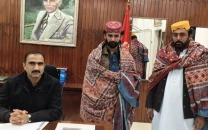

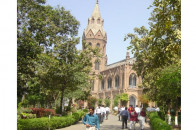
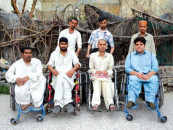

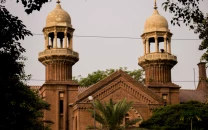












COMMENTS
Comments are moderated and generally will be posted if they are on-topic and not abusive.
For more information, please see our Comments FAQ